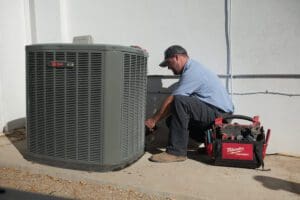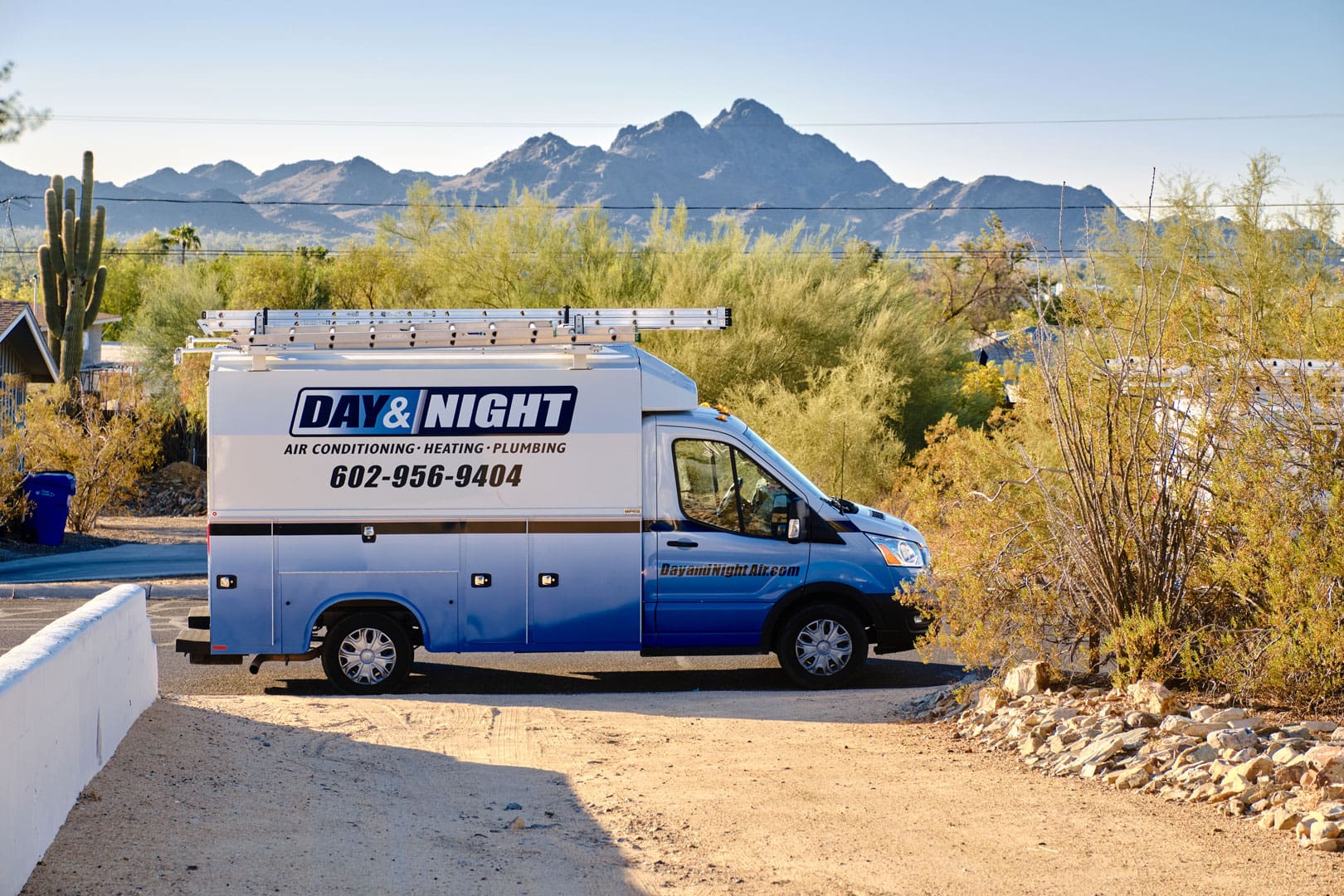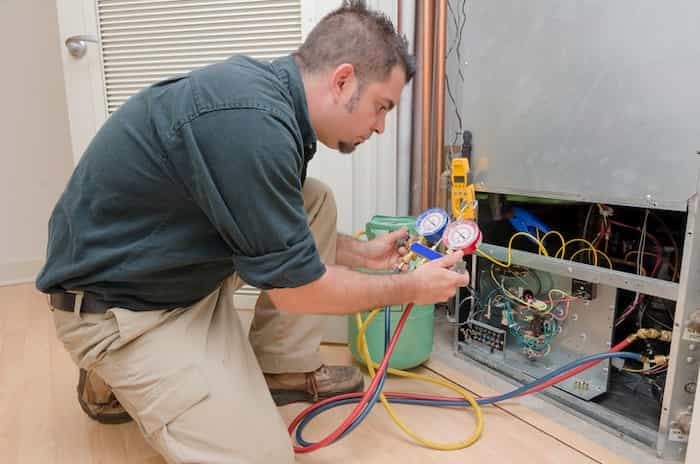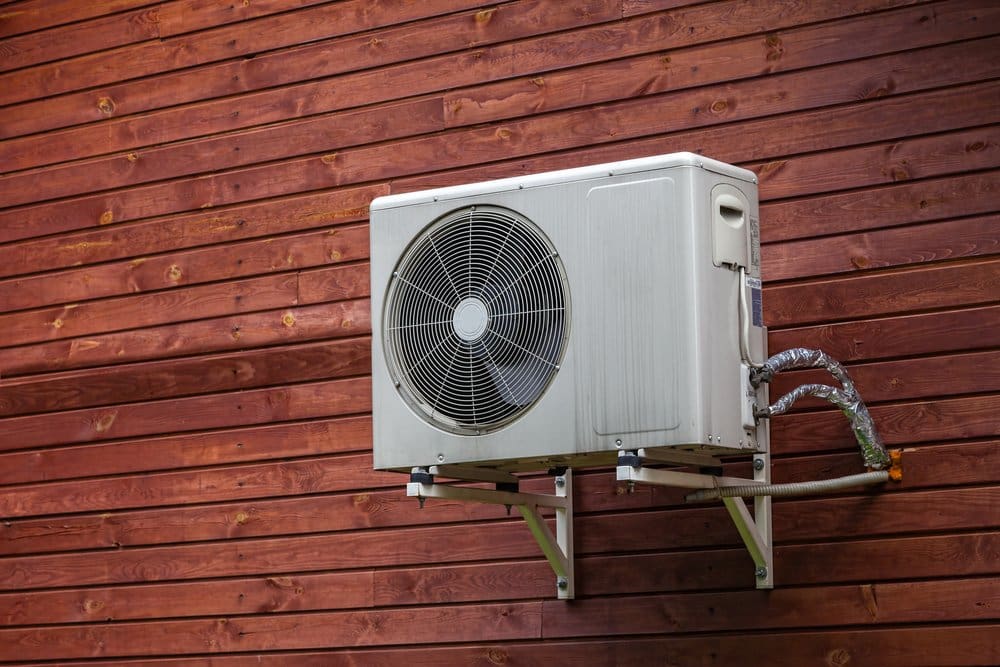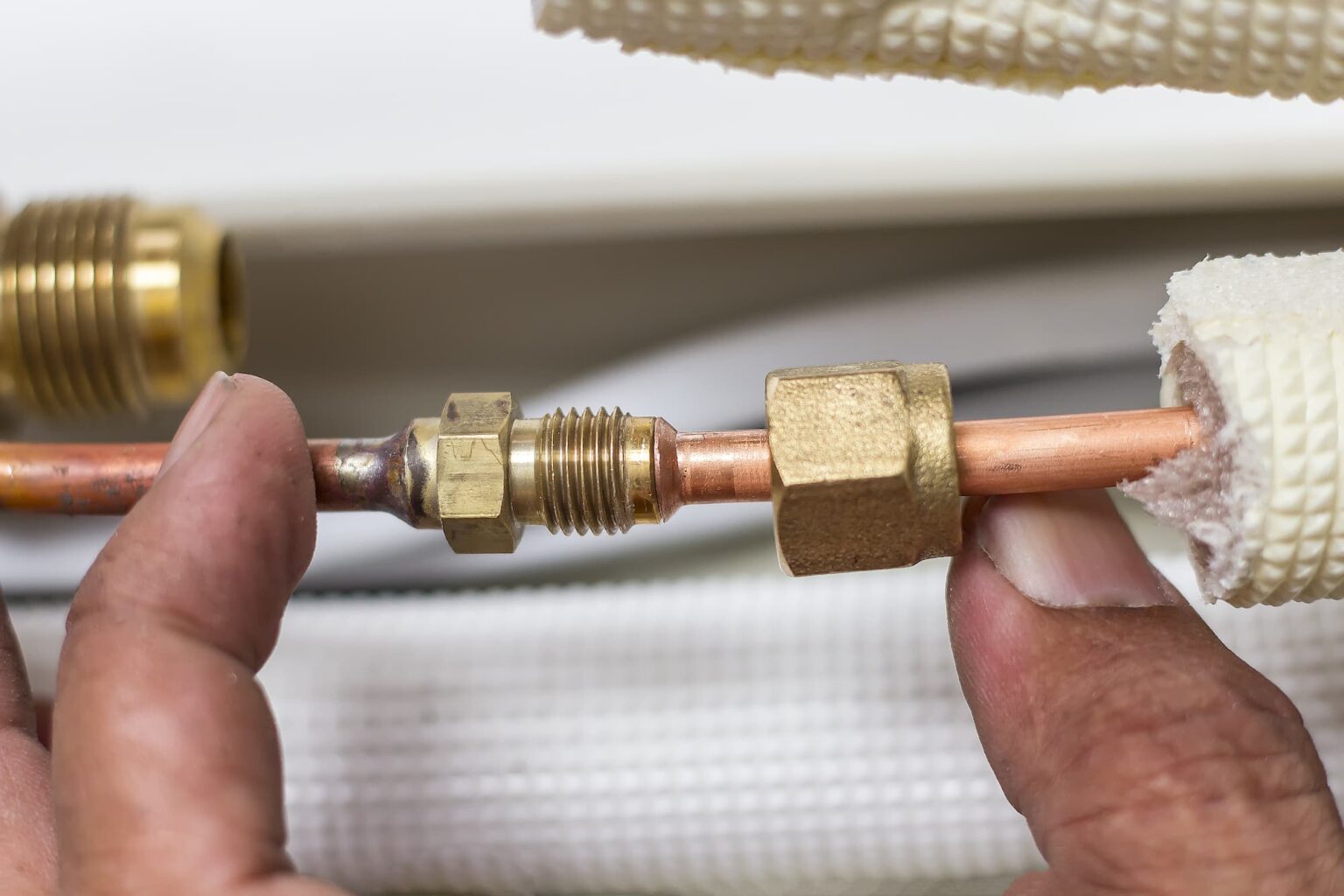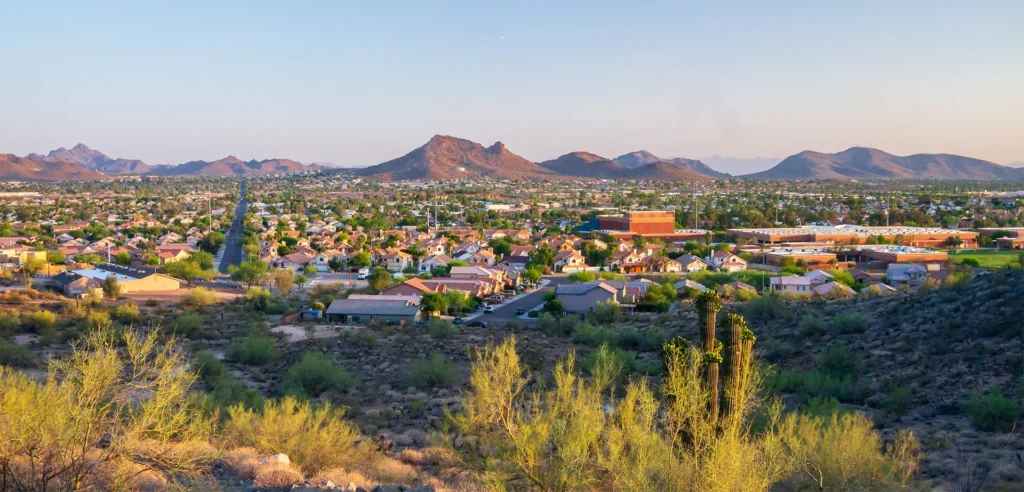Is Your Water Heater Leaking?
Any problem that arises in the house can cause homeowners significant stress, especially if you’re not sure what the problem is or how to fix it. A leaky water heater can cause all kinds of problems, not the least of which is damage to your floors, walls, and sub-floors. What may seem like a minor nuisance may actually be a huge problem lying in wait. Here’s a handy guide to help you figure out if it’s time to hire a contractor to come fix your water heater.
Guide to Deciphering a Leaky Water Heater
If your water heater is leaking, the problem will only get worse. Make sure you take the following steps to figure out what’s going on with your water heater.
1. Find the Source of Your Water Heater Leak
The first step to figuring out what’s going on with your leaky water heater is determining the source of the leak. The leak may not be coming from your water heater at all, and instead it could be coming from a furnace drain line, a water softener discharge line, or another plumbing fixture. There’s also a possibility that the puddle of water you see on your floor is a result of condensation and isn’t a leak at all!
Dry the Area
The first step to determining the source of the leak is to dry the area and inspect your water heater and its fittings for any obvious leaks. If you don’t find an obvious leak, check directly overhead and in surrounding areas for any plumbing fixtures that could be the culprit.
Place Some Paper Towels in the Area
If you still don’t find any signs of leaking, place some paper towels on the floor after it’s dried. If, after a few days, there’s still no water, it’s probably not an issue. However, if the leak reappears, it’s likely your water heater.
2. Turn Off the Power to the Water Heater
If you’ve determined that your water heater is leaking, the next step is to turn the power off to the water heater.
Electric Water Heaters
If you have an electric water heater, find your circuit breaker and switch the breaker to your water heater to the OFF position.
Gas Water Heater
If you have a natural gas water heater, the on/off switch is usually near the bottom of the tank on the exterior. Turn the switch to OFF. Don’t close the gas shut-off valve, if possible, as the valve wears over time and can be troublesome.
3. Turn Off the Water Supply
If you have a significant leak, make sure to turn the water supply OFF at the cold water shut-off valve. These valves are usually located above the water heater and it’s probably either a handle or a gate valve. Do not attempt to close the valve if you cannot reach it without coming into contact with water.
4. Determine the Leak’s Location
There’s no one cause to a water heater leak. Performing an inspection on your own can save time when you hire a professional, but you can also leave this step to a licensed technician to minimize the risk of damage to your water heater or home as well as the risk of injury to yourself.
Check the Cold Water and Hot Water Connections
Inspect the areas where the inlet and outlet pipes connect to your water heater. This is at the top of the water heater tank. If the leak is coming from either of these inlets, the fix may be as simple as tightening a loose connection.
Check the Temperature and Pressure Relief Valve
Located on the side or the top of the tank, your water heater has a temperature and pressure relief valve. The valve is a safety device designed to protect you and your home in case the water inside the tank becomes too hot or the pressure becomes too built-up. The valve will release water out of the tank to avoid a dangerous situation, such as a burst water heater.
If the temperature and pressure relief valve is in the closed position but water is still coming out of the pipe, the valve may be defective. You’ll need to call a professional plumber to inspect the issue and replace the valve for your safety.
If the temperature and pressure relief valve is in the open position but water is still coming out of the pipe, the valve may be working to relieve pressure in the tank. If this is the situation, call a professional plumber right away.
Check the Drain Valve
The drain valve is usually located near the bottom of your water heater. Check and make sure that it is completely closed. Make sure that there are no signs of moisture. While a leak from the drain valve is usually easily fixed, it’s still important to call a professional.
Check the Internal Tank
If the internal tank is leaking, water most likely escapes from the bottom of the water heater. There’s no fix for a leaky internal tank, and your best bet is to purchase a new water heater. Consult with your local plumbing professional.
5. Repair or Replace Your Water Heater
Hopefully you’ve found the source of your water heater leak, but the last step is determining whether it’s best to repair or replace your water heater. If you’re unsure, consult a professional and take their advice into consideration. At Day & Night Air our professional plumbers with experience have seen it all, and they can give you expert advice on what to do about your leaky water heater.

